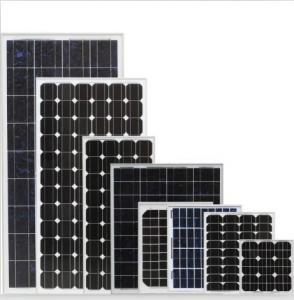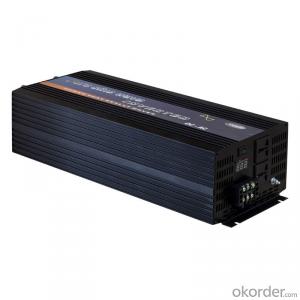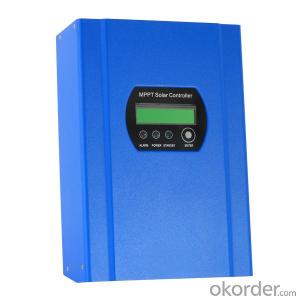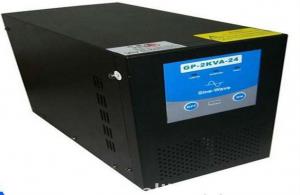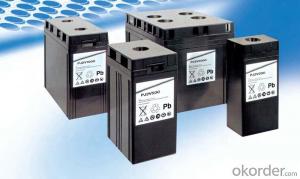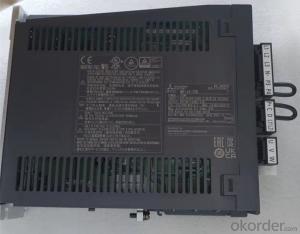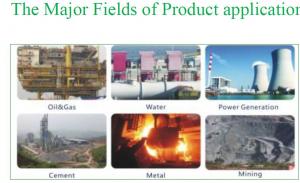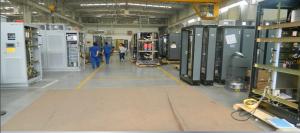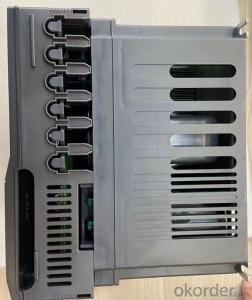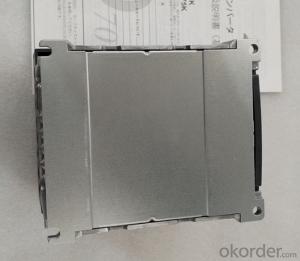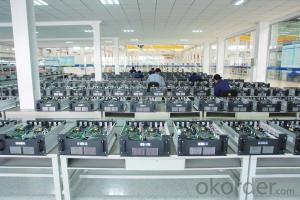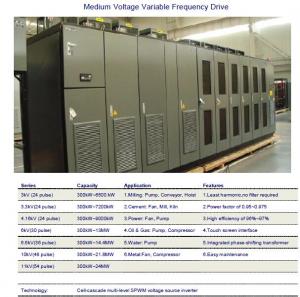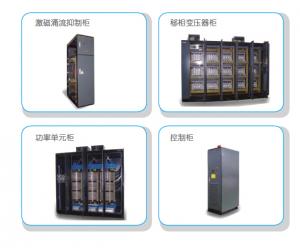2000 Watt Solar Inverter
2000 Watt Solar Inverter Related Searches
Solar 2000 Watt Inverter 2000 Watt Solar Power Inverter Solar Inverter 2000 Watt Solar 2000 Watt Power Inverter 2000w Solar Inverter Solar Inverter 2000w Solar 2000w Power Inverter Solar Power Inverter 2000w 2000va Solar Inverter 2000w Solar Inverter Price 200kw Solar Inverter 200 Watt Solar Inverter 12000 Watt Solar Inverter 200 Kw Solar Inverter 200w Solar Inverter 200 Amp Solar Inverter 2500 Watt Solar Inverter 20kw Solar Inverter 3000 Watt Solar Inverter 2 Kilowatt Solar Inverter 2kw Solar Inverter 20 Kw Solar Inverter 2kw Inverter Solar 1000 Watt Solar Inverter Solar 2kw Inverter Solar 3000 Watt Inverter 1000 W Solar Inverter 3000 Watt Solar Power Inverter 4000 Watt Solar Inverter 4000 Watt Inverter Solar2000 Watt Solar Inverter Supplier & Manufacturer from China
The 2000 Watt Solar Inverter is a high-capacity power conversion device designed to efficiently convert solar energy harvested from photovoltaic panels into usable AC power. This product is equipped with advanced technology and features that ensure optimal performance and reliability, making it suitable for various applications such as residential, commercial, and industrial settings.The 2000 Watt Solar Inverter is widely used in a variety of scenarios, including off-grid solar power systems, grid-tied solar power systems, and hybrid solar power systems. It plays a crucial role in ensuring that the generated solar power is effectively utilized, whether it is being stored in batteries for later use or being fed back into the electrical grid. This product is particularly beneficial for areas with limited access to traditional power sources or for those looking to reduce their reliance on fossil fuels and promote sustainable energy practices.
Okorder.com is a reputable wholesale supplier of the 2000 Watt Solar Inverter, boasting a vast inventory that caters to the diverse needs of customers worldwide. By partnering with Okorder.com, customers can expect to receive high-quality products at competitive prices, along with exceptional customer service and support. This makes Okorder.com the ideal choice for those seeking to invest in a reliable and efficient solar power conversion solution.
Hot Products




